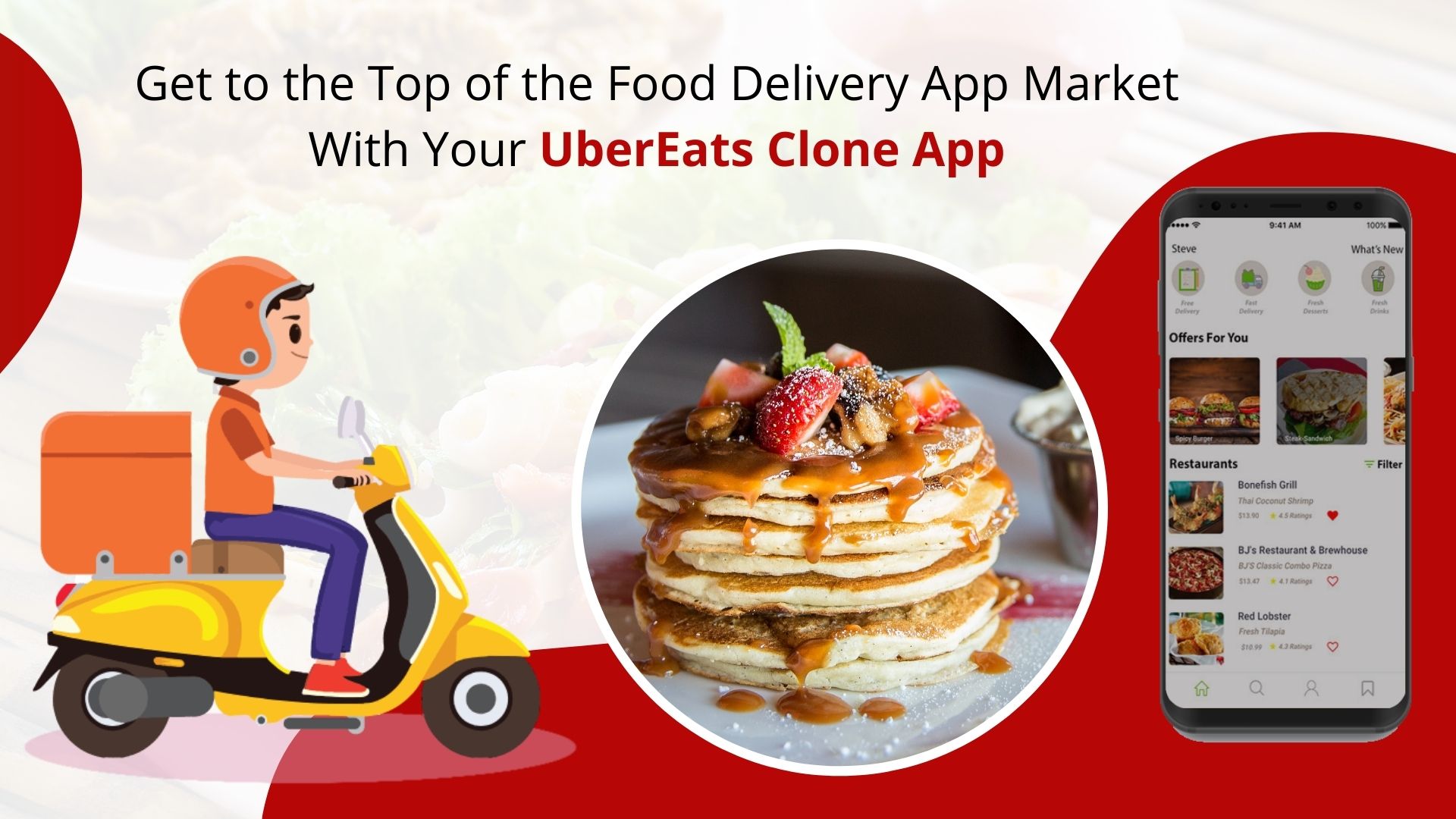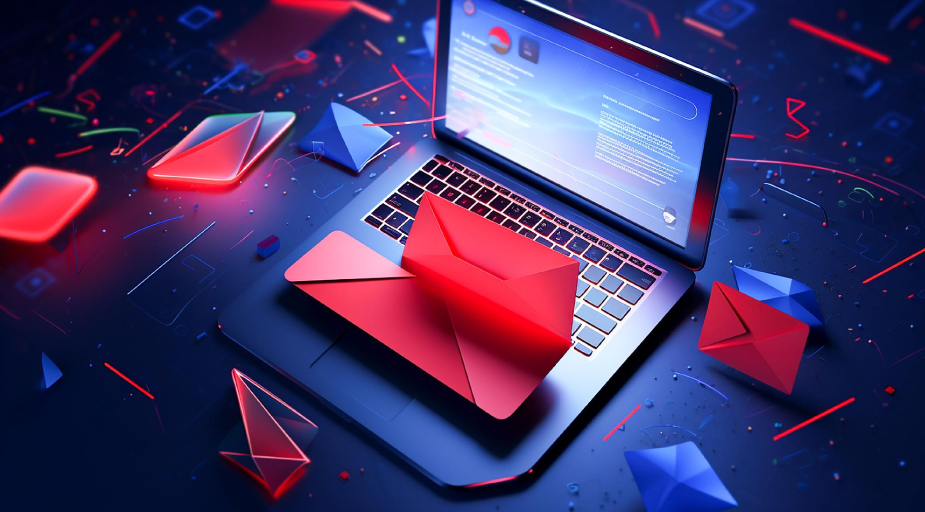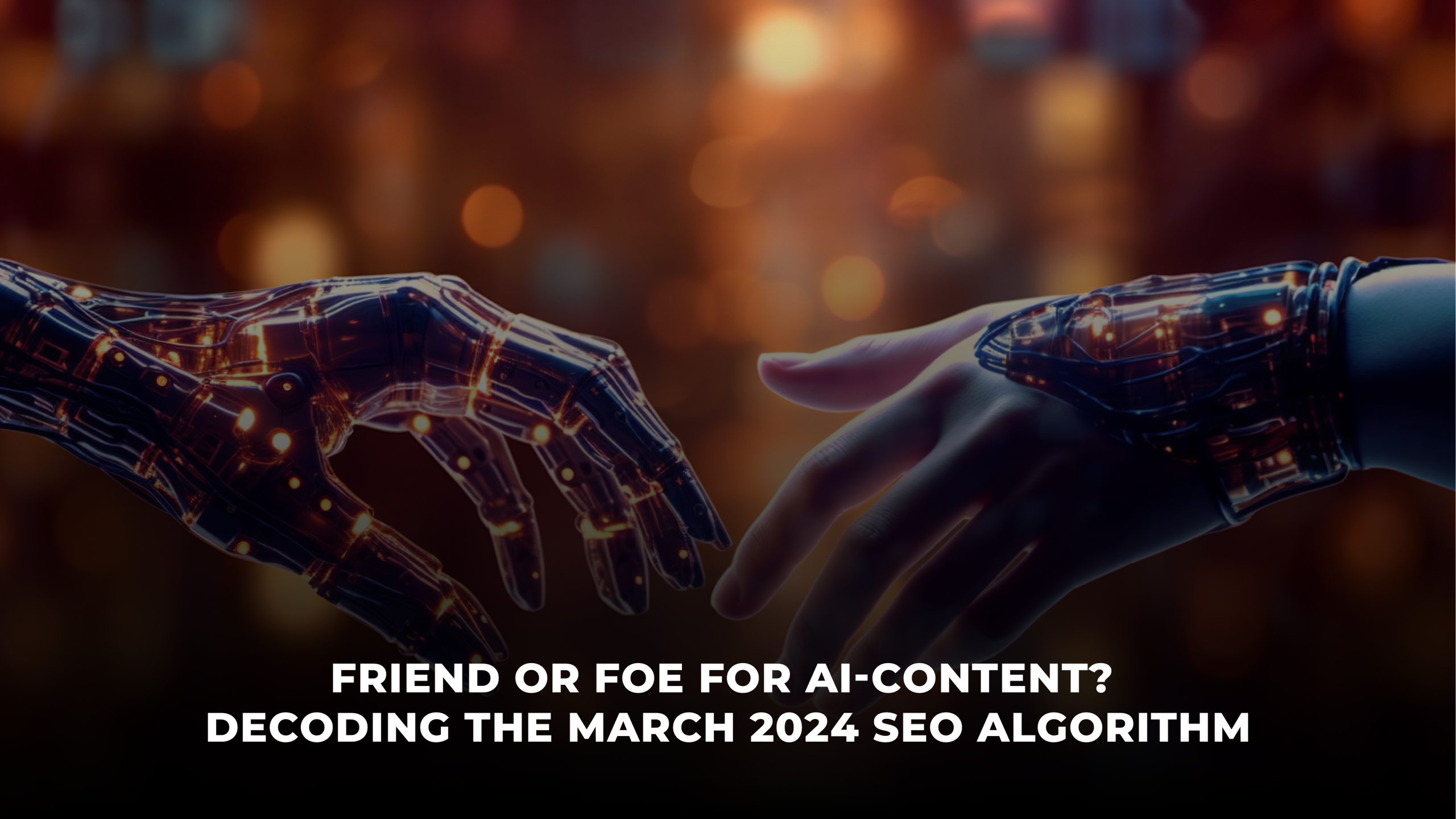Get to the top of the food delivery app market with your UberEats clone app
Is it possible to get a magic lamp that brings us food when you rub it? We haven’t found such an object yet, but we have the next best thing. An on-demand food delivery service app. Close to its magical counterpart, it’s got all the bells and whistles and even more features than you can expect.
Quick Links
The brilliant minds of the app development, food, transport and logistics industry have made it possible for such products to exist to solely make our lives easier everyday. We owe it to those who work relentlessly to make our food cravings and hunger be satisfied at the tap of an app.
But how does this on-demand food delivery app like UberEats function? What does it take for a phone screen to allow users to get food without moving from their couch? And can you make an UberEats like app for yourself and run the business in today’s market?
We have gathered those answers for you in this article, and how you can develop your own UberEats like app from scratch.
How does the process work?
The food delivery business’s key players are the customer, the restaurant, delivery agent, and administrator.
The user of the app chooses the food they want to order on the customer app interface. The app allows the user to pay before or after the delivery of the order. The order is then confirmed and sent to the restaurant.
The restaurant accepts the order under normal circumstances and then starts to prepare the said order. A delivery agent is assigned to the order and goes to the restaurant to pick up the order. The order is collected and delivered to the customer at their location. The delivery agent gets a tip and commissions from the order completed.
This summarises the complicated algorithms and processes running in the app itself, which handles assigning the delivery agents, payments, and all sub-processes that we don’t need to worry about.
Exceptional features of the UberEats clone app
The app has more than a few features to make the app work in a ridiculously efficient manner while packing features that will provide a smooth and comfortable experience for the customers. These are some that stand out
Scheduled orders:
Perfect for people who plan ahead. It is designed to fit into their busy schedules and eliminate allotting separate time for getting their food ready. It is delivered to their location at said time.
AI-powered recommendation:
Artificial intelligence is used to provide the users with recommendations that are more suited to them based on their previous orders and search history. It is entirely possible sometimes to be recommended something you had in mind or were talking about, so don’t freak out if it happens!
Real-time tracking:
Right from the status of food being prepared to when the delivery agent is minutes away from your location, it is possible to track delivery status at any time the user wants to do so. The app handles tracking services very efficiently with floating window notifications that show the live location while browsing other apps.
Steps to develop the app:
There are 5 steps required to create an app like UberEats. These steps hold true for almost any app development process and act as a blueprint.
Requirement analysis
The market scope, the budget of the project, target market and demographic, initial app ideas and sketches are all discussed here. This is a loose process but acts as the basis of a strong foundation for the future stages of the apps’ development.
Planning
The sketches become wireframes, which then turn to mockups. The budget and costs are calculated with precision, along with the risks of unexpected scenarios. The initial look and feel of the app are solidified here before proceeding further. All other costs, human resources and other aspects of the business have to be noted and accounted for in this phase of development.
Designing and developing
The application is designed simultaneously in front-end aspects. The apps’ colour, feel and design aesthetic and navigational flow are to be discussed here and the interfaces for customers, delivery agents and restaurants are designed accordingly for their intended purposes.
Developing refers to building the app in both the front-end and back-end. The data which will be stored from various types of users are coded, which defines how and where data will be stored and how the admin or the app will interact with it. Once the app is functional, it is moved to the testing phase.
Testing and deployment
This phase puts the app through stringent testing and removes any bugs, glitches, and inconsistencies, to make the app feel smooth and user friendly.
The app is then ready for deployment after an early release called Alpha testing, which is available to a closed group and Beta testing, which the regular public has access to upto a limited number of users.
Maintenance
The app requires capital to maintain servers and staff that handle the apps’ manual services. This phase also includes further enhancements that the app will need in the future.
That concludes the app development process. But how much would this cost?
Average cost estimation:
The cost of development varies based on several factors. Some factors include:
- Hiring the app development team
- The experience of the app development team
- Location of the team
- Hours required to build the app
- Features and customization for the app
- Scalability
- Iterations of testing
- Marketing and advertising expenses
The average time taken to develop the app from scratch may vary depending on the team’s experience. However, there is no waiting time in the case of a clone app as it is readily available.
Conclusion
Food delivery apps are here to stay, with a huge market and increasing demand from new users flowing in every day, you can have your own successful on-demand food delivery service with enough research and planning.
With that said, good luck on your ventures and here’s a toast to seeing your UberEats clone app generate ripples on the market very soon!
Essential Skills for AI-Driven Digital Marketing
Digital marketing is changing a lot. Artificial intelligence (AI) is becoming really powerful and…
0 Comments10 Minutes
A Handbook for Crafting Outstanding Email Automation Plans
Email marketing is an essential tool for communication in digital marketing platforms. Managing…
0 Comments8 Minutes
Branding – What It Means for Your Business
Every single one of us has our own personal brand. Unique to each of us, this lies in who we are…
0 Comments5 Minutes
How to Create a successful SEO campaign, without an SEO agency
The quest for industry-leading SEO can be as financially draining as it is profitable. Despite its…
0 Comments8 Minutes
Safeguarding the Digital Realm: The Role of Machine Learning in Cybersecurity
The digital realm, an expansive network of interconnected devices and data, forms the foundation…
0 Comments8 Minutes
8 Strategies for Protecting Data and Preserving Brand Reputation
Processing and collecting sensitive data are now common practices as businesses depend more on…
0 Comments8 Minutes
Best Instagram Marketing Strategies For Small Businesses 2024
The number of Instagram users is projected to hit 1.4 billion globally by the end of 2024. This…
0 Comments14 Minutes
Friend or Foe for AI-Content? Decoding the March 2024 SEO Algorithm
The dynamic SEO environment continuously challenges marketers. The March 2024 update, cloaked in…
0 Comments8 Minutes
3 Comments
Comments are closed.









You can start a successful food delivery business in this pandemic times to appease gourmets and achieve unprecedented success via our UberEats Clone Script
very nice successful food delivery business
Great write-up! Thank you for sharing this post Starting your Food delivery business is the Best Option for a Startup business. All you need to do is a Get a Food delivery app with all exclusive features.